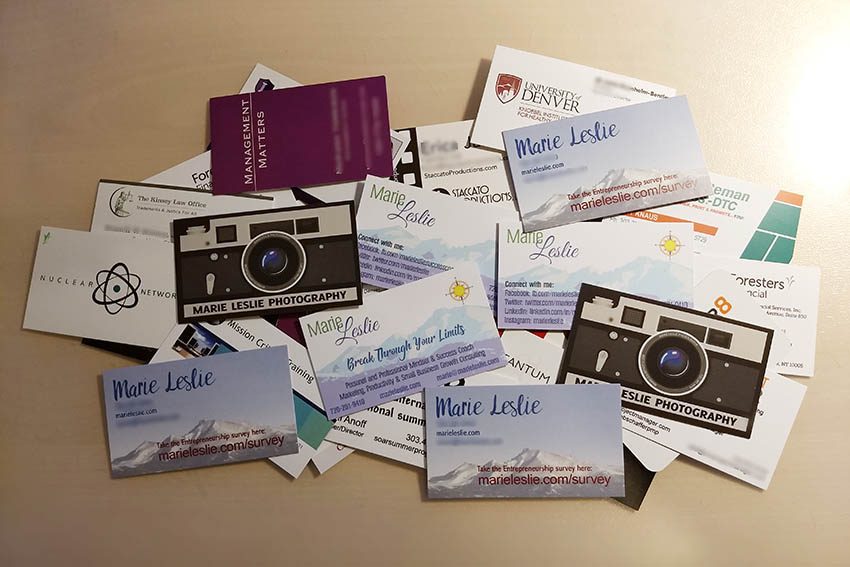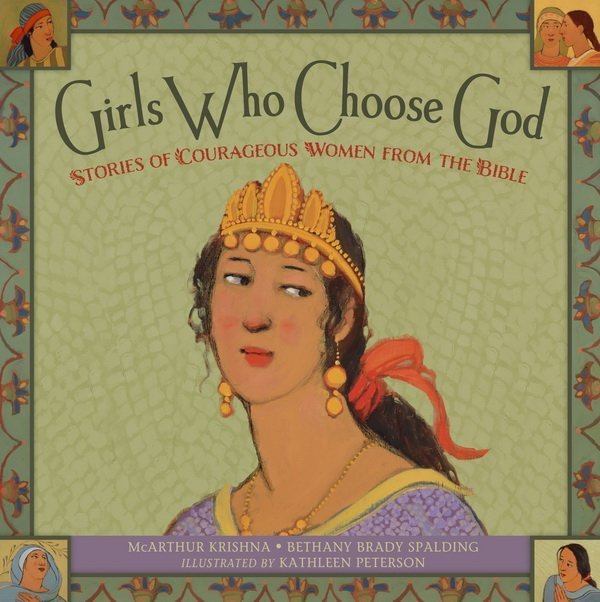What Do I Do with All These Business Cards?

Business cards are a staple of the business world these days. Despite protestations to the contrary, business cards are neither obsolete nor going away any time soon. From networking events to business meetings and trainings, we exchange business cards over and over. Even in the age of smartphones and devices, business cards are still the easiest way to exchange business contact information, and give people a way to remember what you do.
But what do you do with all those cards and their potentially valuable contact information once you get back to the office?
Are they sitting on your desk in a giant pile or do you have a drawer full of cards, just waiting to be organized?
As long as those cards are languishing in a pile or a drawer somewhere they aren’t doing you—or the person on that card—any good.
What to Do When You Receive a Business Card
First, when you receive a business card from someone, if possible, make a quick note on it to remind you why it’s significant. Do you want to set up a meeting with them? Are you going to refer them to someone else? Do they have a referral for you? Making an immediate note will save you some serious head-scratching later as you try to remember which of the dozen or more people you met at a networking event they are.
Second, when you come back from an event where you get business cards, take a few minutes and sort them into three categories. Number one is the people you plan to follow up with right away. These are the people you will call or email today or tomorrow.
The next category is those who may be a good connection for business, but not urgent contacts. These are people you need to research more and follow up on within a week or so.
The third category is people who simply aren’t a good fit for your business. It’s not a connection you plan to pursue for business or socially, or you don’t have anyone you can refer to them or anyone they can refer to you. These cards go to the recycle bin. Yes, it’s painful if you’re the person who ends up in the pile (and trust me, sometimes YOU will be the person in someone’s recycle pile—we all are), but cluttering your desk with information about people you never plan to contact is counterproductive.
Now that you’ve gotten over the guilt of getting rid of that third group of cards, let’s act on the first two categories.
Following Up
 Start with Category One—your most important contacts. Add their business information and whatever notes you need to make to your contact list while the card is in front of you. Write and schedule the email or calendar the phone call right now. Once you’ve made that contact figure out how you’re going to organize these cards. You can use a dedicated business card cabinet, a card file or a business card book. You can also scan business cards and import them into your contact manager.
Start with Category One—your most important contacts. Add their business information and whatever notes you need to make to your contact list while the card is in front of you. Write and schedule the email or calendar the phone call right now. Once you’ve made that contact figure out how you’re going to organize these cards. You can use a dedicated business card cabinet, a card file or a business card book. You can also scan business cards and import them into your contact manager.
How you organize your contacts depends on what works best for you. Special note: do not make the mistake of adding people to your mailing list because they gave you a business card. If they did not give you permission, you can send an email inviting them to your list. If you add them without permission you violate the CAN-SPAM Act and that can cost you your mailing list—or some hefty fines.
For Category Two contacts, add their business information and notes to your contact list right away. If you don’t plan to contact them now, schedule a time to either review their card or follow up. Because you aren’t contacting them right away, good notes are even more important. When your review time comes, the notes will help you remember why they’re significant and why you want to follow up with them. Once that’s done, use the same organization method you used for your first-level contacts.
 Category Three cards got recycled. End of story.
Category Three cards got recycled. End of story.
What kind of information should you include from the business cards? Here are some suggestions to help you keep your contacts in order.
First, you want name, title, company, phone, address, email, and website. Make note of every way they have given you to contact them.
Include a brief note about how & where you met. This will help to refresh your memory and theirs when you next meet.
Note why you want to follow up. Do they offer a product or service you need? Do you offer a product or service they have expressed an interest in? Note the level of interest. Did they ask for a presentation or proposal—or do they just want more information? Are they a possible referral source—or do you have someone you will refer to them? Knowing this will help you contact them appropriately and not torpedo a potential deal before it has a chance to happen.
If you are a card keeper, make a brief notation that you have the card and where you filed it. I recommend either filing cards alphabetically or by business categories. You need to figure out the filing method that works best for you—and then stick to it.
And now you have a system for keeping track not only of all the business cards you receive, but a way to follow up and use them to grow your business.
How do you use business cards—and how do you keep track of them? Share your ideas in the comments.








Marie,
I really like the idea of writing down a quick note of how you met a person and why they are good…or at least something to jog my memory 6 months down the road. My husband gets 200+ business cards a year, and we definitely need a better way of organizing them. Thanks for the tips!